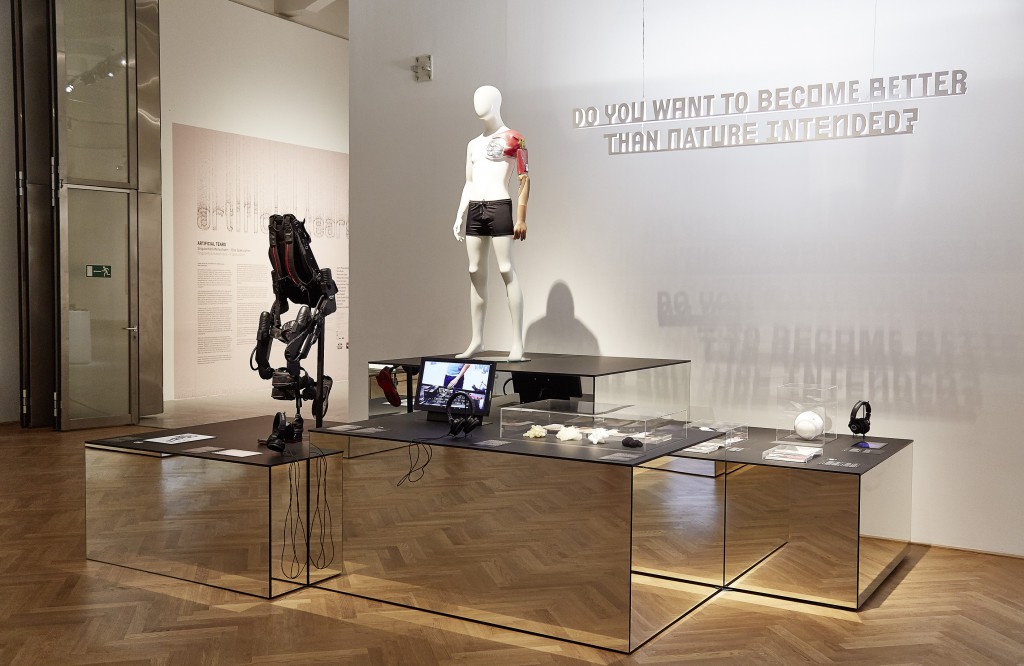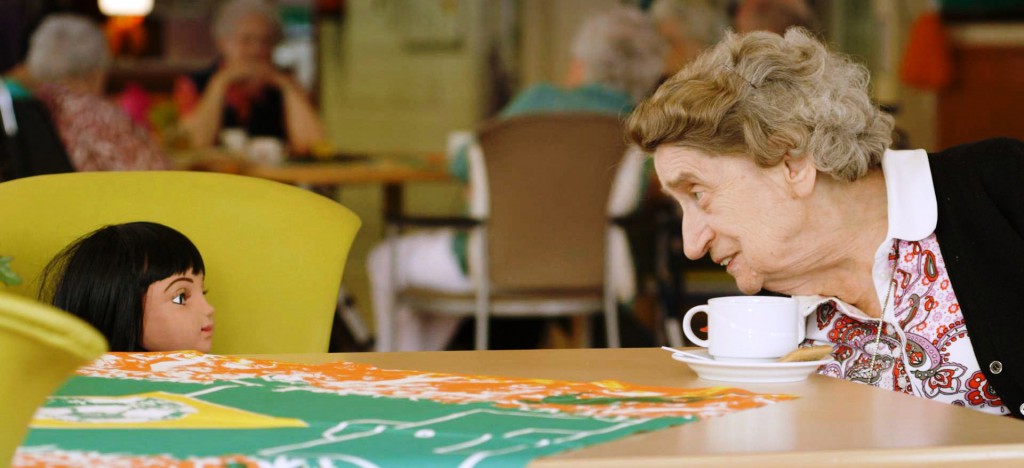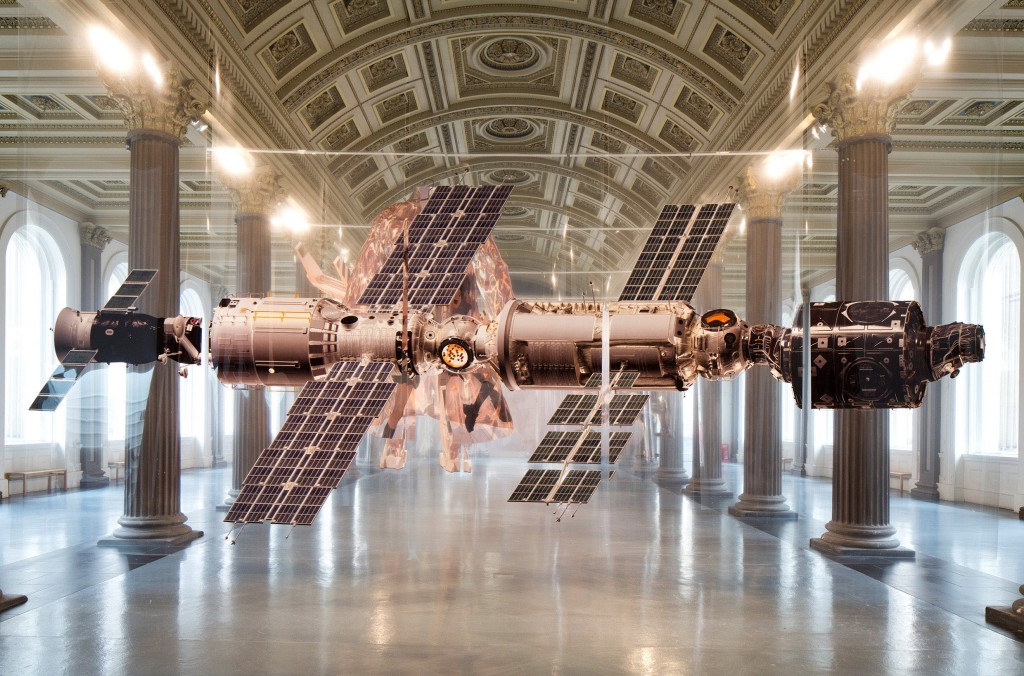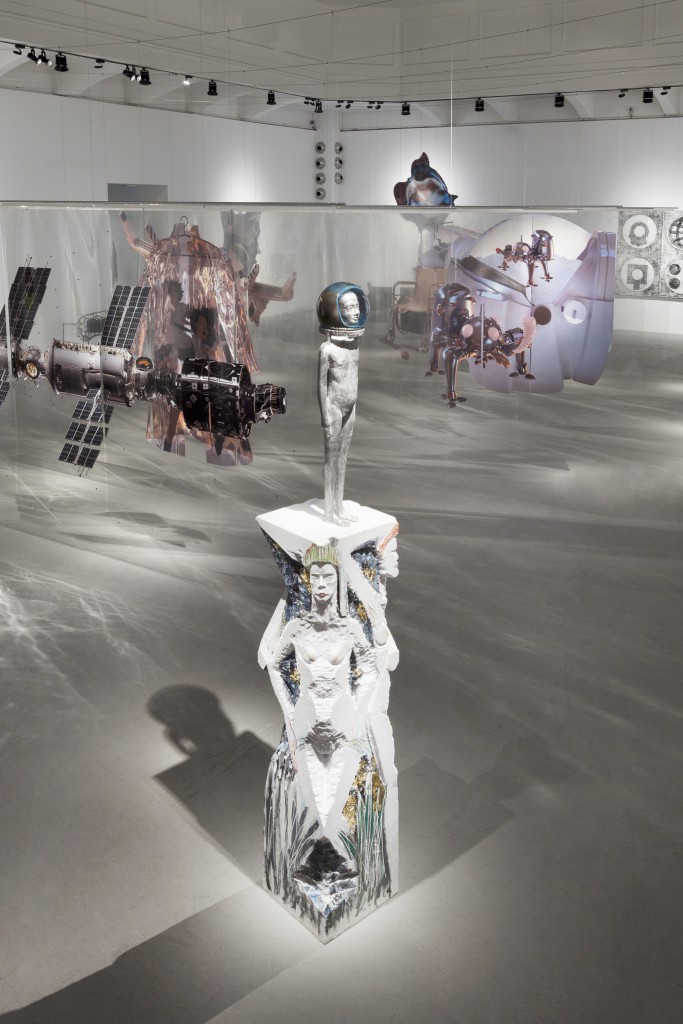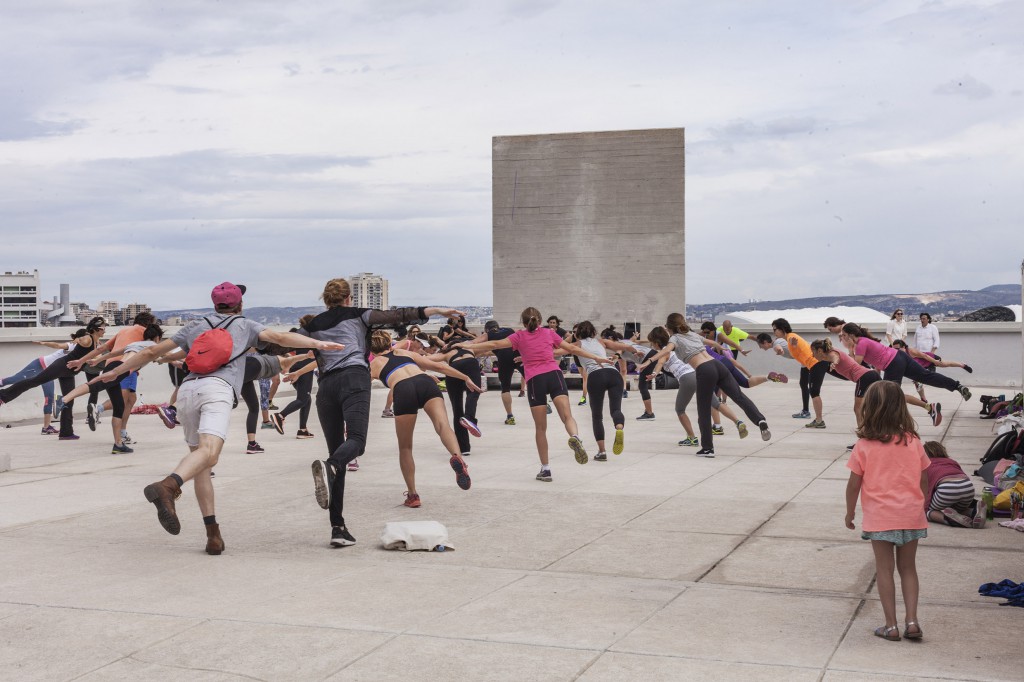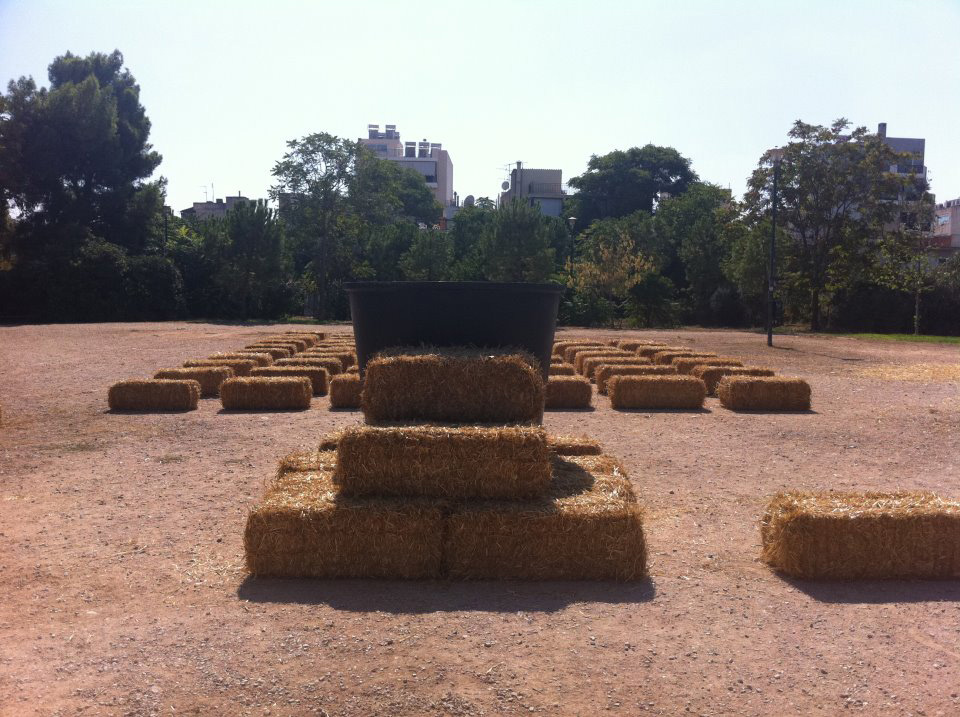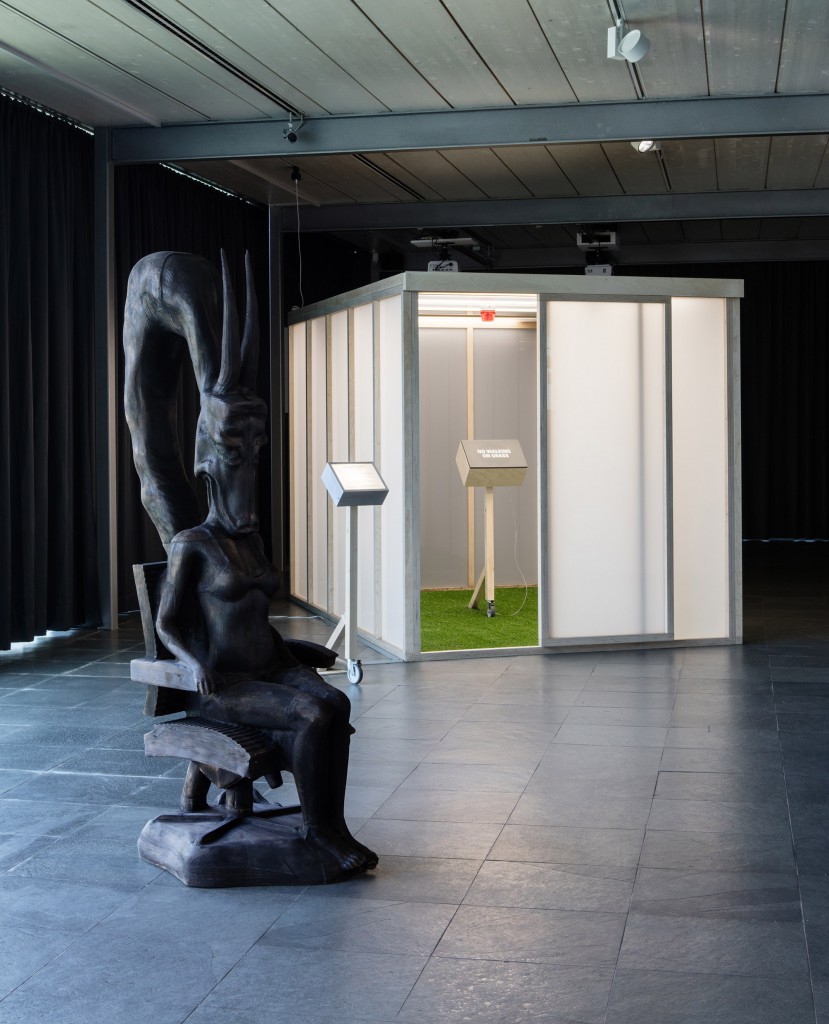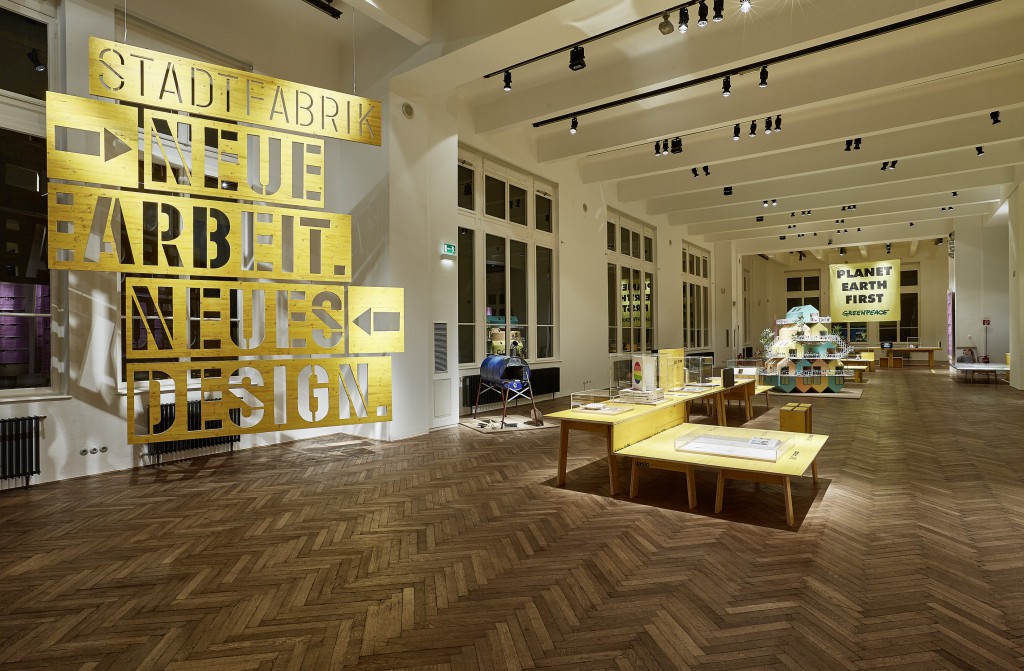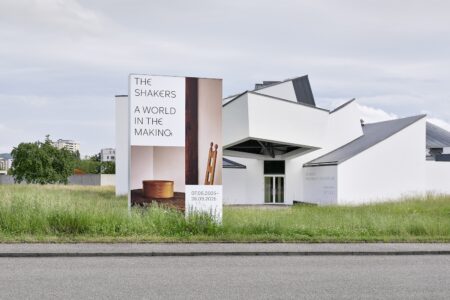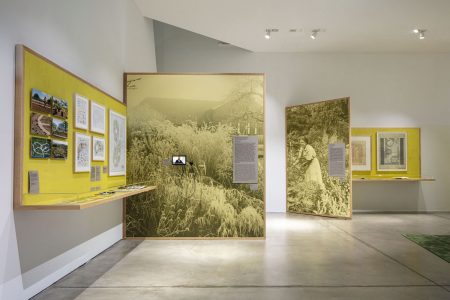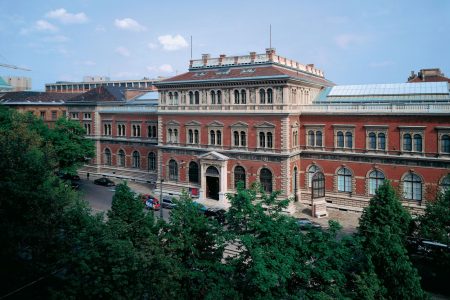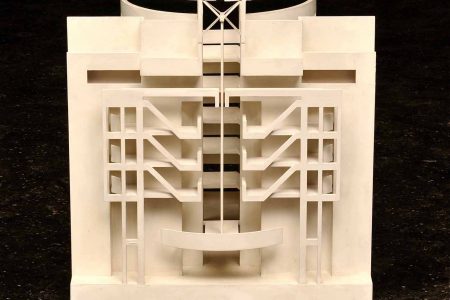
Robots at the 2017 Vienna Biennale
The event, titled Robots. Work. Our Future, explores the role of work, robotics, and automation in a very digital future that can still be very humane.
While some face news of the impending robotic takeover with fear, the 2017 Vienna Biennale is ready to welcome our AI overlords. Under the theme Robots. Work. Our Future, the Austrian event explores the possibility of a humane digital future.
The Biennale has enlisted more than 300 artists, designers and architects to analyse “one of the most defining topics of our age,” according to its founders, a network of institutions that includes the Kunsthalle Wien, the MAK and the Architekturzentrum Wien. “Automation and robotics break down barriers, especially between humans and machines,” explained Christoph Thun-Hohenstein, general director of the MAK. “Addressing and helping to humanely shape these elementary changes triggered by digital modernity is a key aim of the Vienna Biennale 2017.”
Three projects explore the intersections between work, robotics and automation: first, there’s Hello, Robot, a joint exhibition by the MAK, the Vitra Design Museum and the Design Museum Ghent that promotes close encounters with especies of the robotic kind. How Will We Work, an exhibition by the University of Applied Arts Vienna, shines a light on the skepticism surrounding the marriage of automation and industry. The StadtFabrik —that’s German for “city factory”— examines work in the digital future, with demonstrators across town.
Other exhibitions explore the role of human beings in this relationship. For example, Work It, Feel It! at the Kunsthalle Wien focuses on the human body and its mechanisms of self-control. At the MAK, Artificial Tears wonders about the future of humankind by presenting how inefficient the race can be, versus machines, when placed in a myriad of dystopian worlds.
But a tip for those who plan to visit: the Vienna Biennale will run until October 1, 2017, but some activities —such as Care+Repair, a public workspace at the Nordbahn-Halle— will only be open to the public for a limited time.
